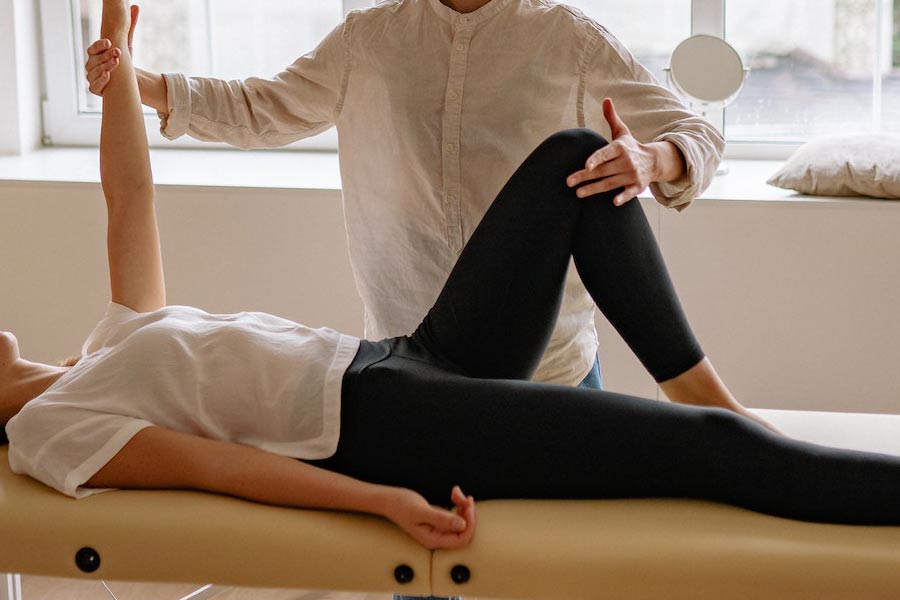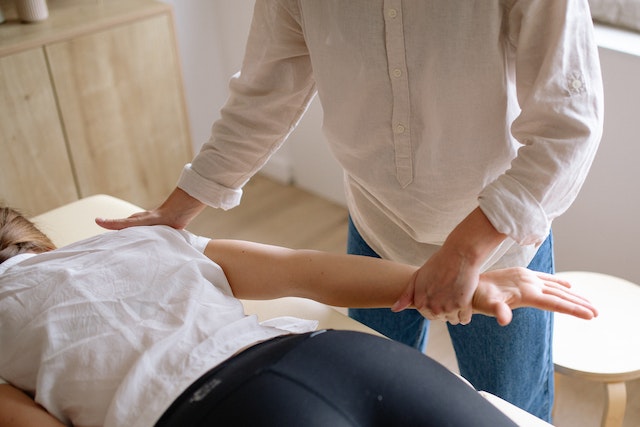
How Long Does it Take for Active Release Technique to Work?
Active Release Technique (ART) is a manual therapy technique used to treat soft tissue injuries and muscle pain. It is a hands-on approach that targets muscles, tendons, ligaments, and fascia to improve range of motion, reduce pain, and increase function. ART is commonly used by chiropractors, physical therapists, and other healthcare professionals to treat conditions such as back pain, shoulder pain, and knee pain.
The effectiveness of ART can vary depending on several factors, including the severity and duration of the injury, the patient’s age and overall health, and the skill of the practitioner. In general, ART is considered to be a relatively fast-acting treatment that can produce results in a relatively short amount of time.
Improvement in symptoms after ART
It is important to note that the length of time it takes for ART to work can vary depending on the specific condition being treated and the individual patient’s response to treatment. In some cases, patients may experience immediate relief from pain and improved range of motion after just one ART session. In other cases, it may take several sessions over a period of weeks or months to achieve the desired results.

According to the ART website, most patients see significant improvement in their symptoms after just four to six ART sessions. However, some patients may require more or less treatment depending on their individual needs and the severity of their condition.
Duration and effectiveness of ART
The duration of each ART session can also vary depending on the specific condition being treated and the individual patient’s needs. Generally, ART sessions last between 15 and 30 minutes, although some sessions may be longer or shorter depending on the severity of the injury and the complexity of the treatment.
During an ART session, the practitioner will use a combination of manual techniques, including pressure, tension, and stretching, to target the affected soft tissue. The goal of ART is to break up adhesions and scar tissue that may be limiting range of motion and causing pain.

ART is a non-invasive treatment that typically does not require any downtime or recovery time. Patients can usually resume normal activities immediately following an ART session, although they may experience some soreness or discomfort for a short period after treatment.
It is important to note that while ART can be an effective treatment for many soft tissue injuries, it may not be appropriate for all patients. Patients with certain medical conditions, such as infections or tumors, may not be candidates for ART. Additionally, patients who are pregnant or who have recently undergone surgery may need to wait before beginning ART treatment.
Conclusion
Overall, the effectiveness of ART depends on a variety of factors, including the severity and duration of the injury, the patient’s overall health, and the skill of the practitioner. While many patients see significant improvement in their symptoms after just a few ART sessions, others may require more or less treatment depending on their individual needs.
If you are experiencing muscle pain, stiffness, or limited range of motion, it is important to consult with a healthcare professional to determine the best course of treatment. ART may be an effective option for many patients, but it is important to have a thorough evaluation to determine if it is appropriate for your specific condition. ART is used to treat most soft tissue conditions, and is a great modality to use in conjunction with other services offered at Encompass Sports Therapy.
Written by: Dr. Mike Belding
Chiropractor, B.Sc, ART
